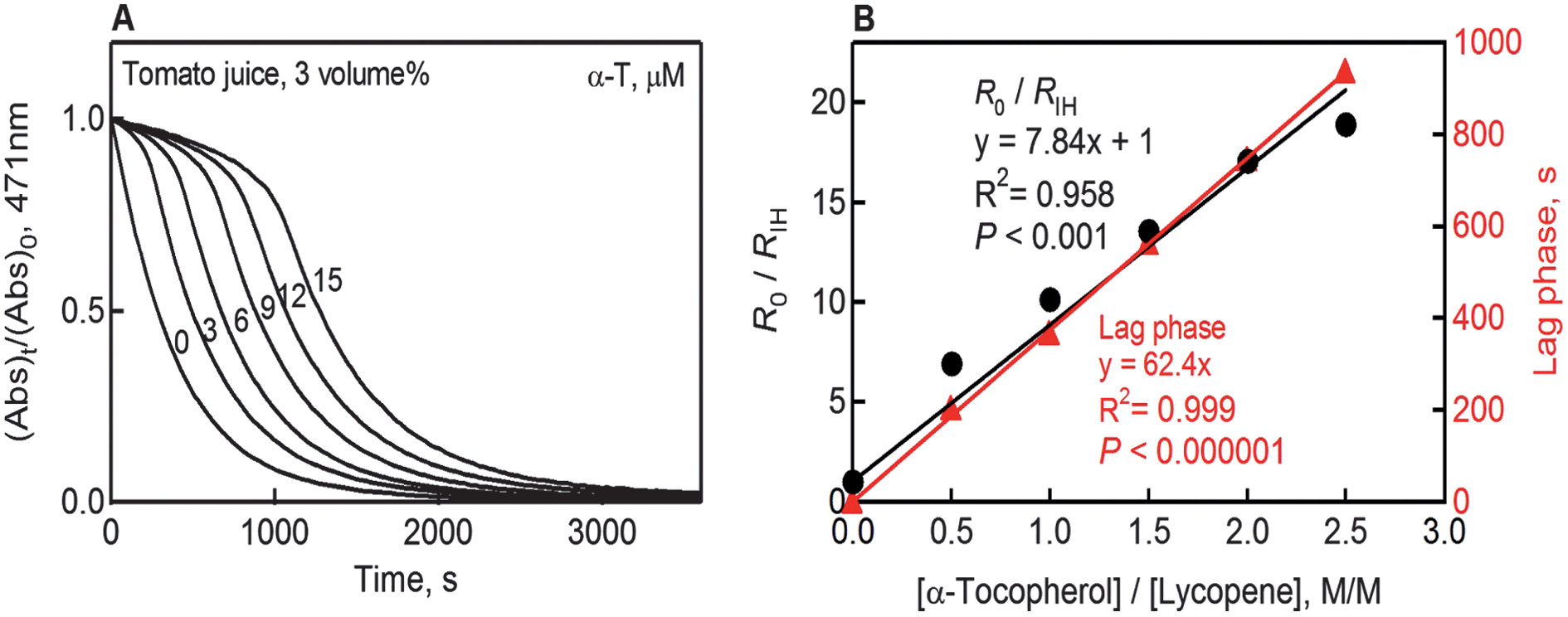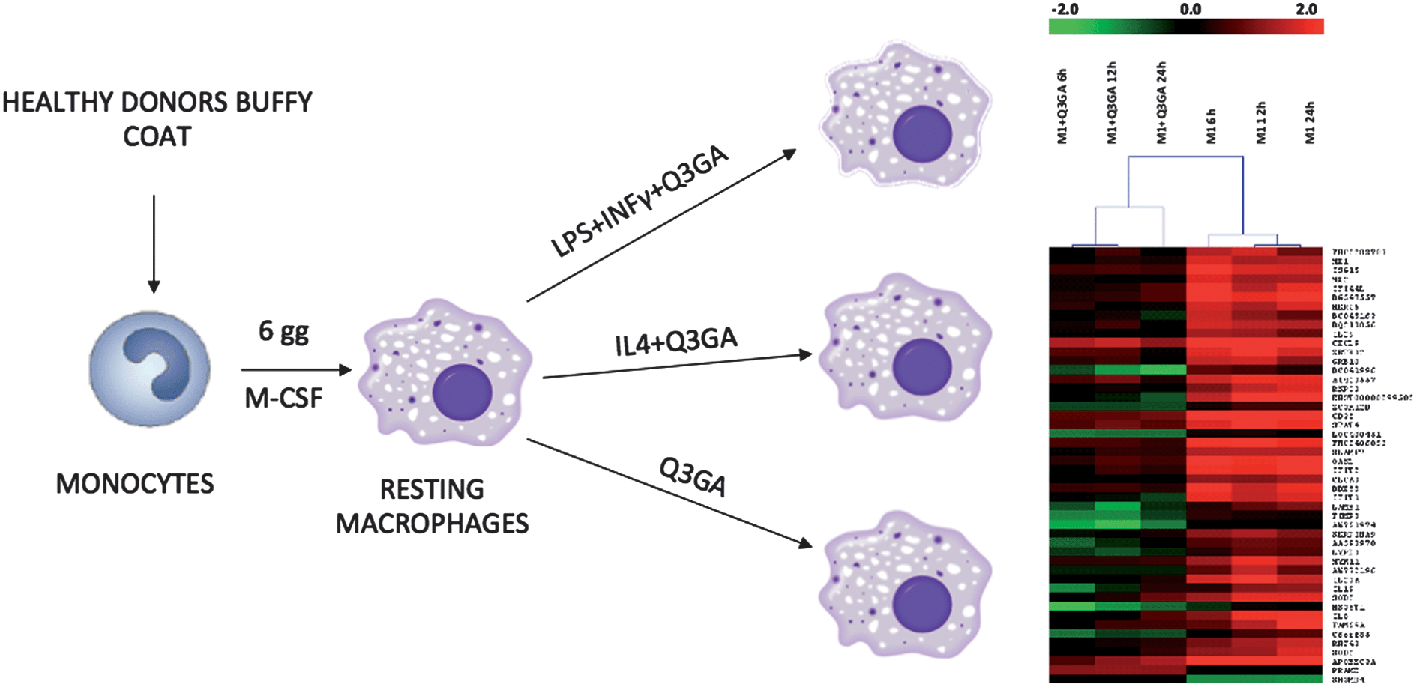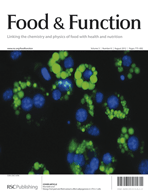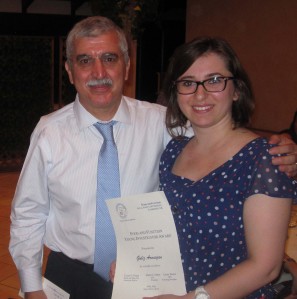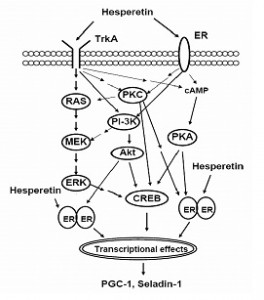Nissim Garti, Editorial Board Member of Food & Function, talks to Anna Simpson about links between industry and academia, liquid delivery systems, what the term food and function means to him and about an interesting hobby.
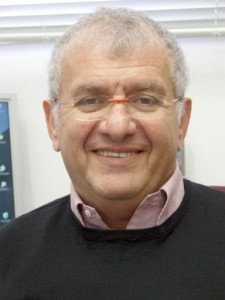 |
Nissim Garti is full professor of Chemistry at The Hebrew University of Jerusalem and is incumbent of the Ratner Chair of Chemistry. He has published over 400 peer-reviewed manuscripts, written 80 review chapters, edited 6 books, and holds 90 patents. Professor Garti has received national and international awards, including the AOCS Chang Award, the Rockefeller Award, the IFT Award (2008), and Life Time Achievement Award (2009). Recently Professor Garti’s second (modified LLCs) invention was included in the Hall of Fame of The Hebrew University. The Food Society of Israel awarded him a Lifetime Achievement Award. |
How did you become interested in food science research?
My father owned a wholesale foods outlet. When I went to university I started at medical school but after a few weeks I decided I did not want to be a medical doctor so I changed to chemistry. I followed my degree with a Masters in food and the rest is history; although I don’t only do food, these days a third of my work is pharmaceuticals.
You have strong links with industry; what are your views on how industry and academia can work together?
I think they must work together. My department is called the school of applied product-oriented research so applications are always a focus of work. My Masters students do the applied research while PhD students perform fundamental research. I only publish the fundamental research, the rest goes into patents. I have over 90 patents and have been involved in a few start-ups.
Could you tell us more about the Nano-sized Self-assembled Structured Liquids (NSSL) technology that is behind your start-up company NutraLease?
NSSLs are a form of modified microemulsion. They have been known for a long time, since the fifties, but the problem was that when they were diluted they broke apart. Our development allowed them to be diluted so when they are taken into the body and diluted during digestion they stay in-tact; they are also adsorbed onto the lumen and release their contents.
What is the main focus of your research at the moment?
I am interested in all new liquid delivery systems. I always focus on new ways of entrapment and am interested in developing novel systems. I am currently very interested in lyotropic liquid crystals as solubilisation vehicles.
What does the term Food & Function mean to you?
Well, function is everything. Functionality is all about what something does, and to me, this has to be about new functions or unexpected functions; it is not interesting to present a function that would be expected. For example, if combining protein and vitamin A resulted in a new function, such as increased bioavailability, this would be a new functionality. So, to me, what is interesting is discovering an unexpected function, or designing a new structure which provides a new functionality, or altering the function of a known substance; these are more interesting than understanding how something works.
Could you tell us a bit about your interests outside of science
My hobby is photography. I travel to very remote places and meet with isolated tribes that are dying from existence, known as ‘disappearing tribes’. I am not just interested in photos as a visual record; I go with a small group and get to know the people. I am interested in their culture and customs, the way they do things, live and have fun. We spend time with them and build trust and only then will I take photographs, when they know me and trust me.
Also of Interest
Read Professor Garti’s recently published review in Food & Function:
Lipid polymorphism in lyotropic liquid crystals for triggered release of bioactives
Nissim Garti, Dima Libster and Abraham Aserin, Food Funct., 2012,3, 700-713
Comments Off on Interview with Nissim Garti: Function is Everything












